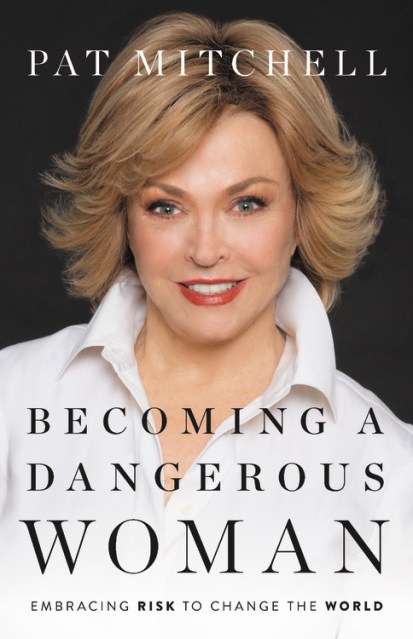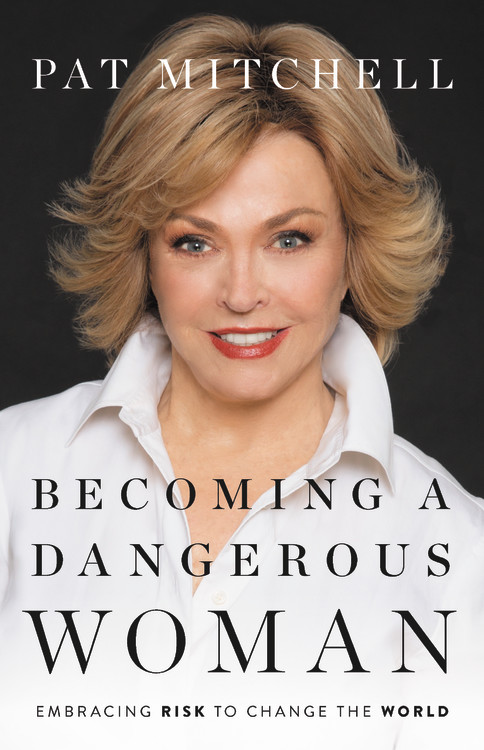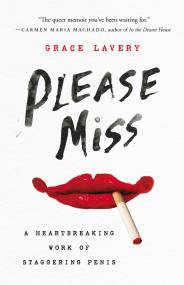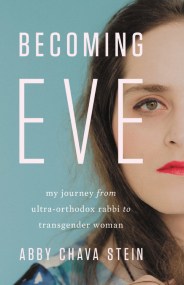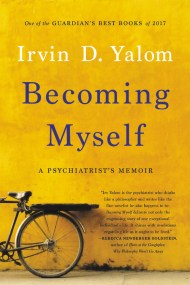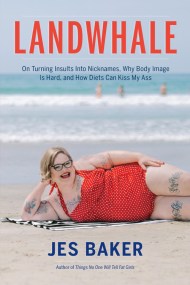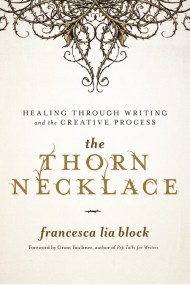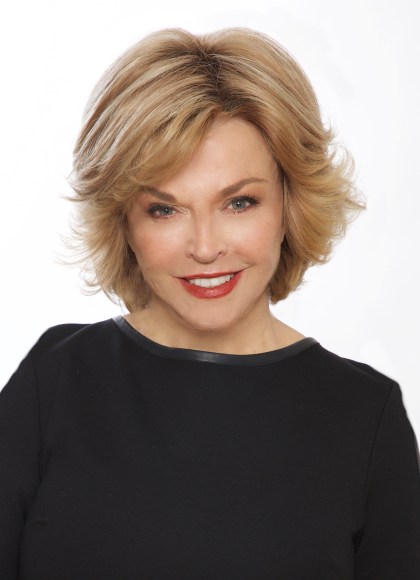Promotion
Use code MOM24 for 20% off site wide + free shipping over $45
Becoming a Dangerous Woman
Embracing Risk to Change the World
Contributors
By Pat Mitchell
Formats and Prices
Price
$28.00Price
$35.00 CADFormat
Format:
- Hardcover $28.00 $35.00 CAD
- ebook $17.99 $22.99 CAD
- Audiobook Download (Unabridged)
This item is a preorder. Your payment method will be charged immediately, and the product is expected to ship on or around October 8, 2019. This date is subject to change due to shipping delays beyond our control.
Also available from:
An intimate and inspiring memoir and call to action from Pat Mitchell — groundbreaking media icon, global advocate for women’s rights, and co-founder and curator of TEDWomen
Pat Mitchell is a serial ceiling smasher. The first woman to own and host a nationally syndicated daily talk show, and the first female president of CNN productions and PBS, Mitchell has been lauded as a powerful changemaker and a relentless advocate for women and girls.
In Becoming a Dangerous Woman, Mitchell shares her own path to power, from a childhood spent on a cotton farm in the South to her unprecedented rise in media and global affairs. Full of intimate, fascinating stories, such as an encounter with Fidel Castro while wearing a swimsuit, and traveling to war zones with Eve Ensler and Glenn, Becoming a Dangerous Woman is an inspiring call to arms for women who are ready to dismantle the barriers they see in their own lives.
Genre:
- On Sale
- Oct 8, 2019
- Page Count
- 304 pages
- Publisher
- Seal Press
- ISBN-13
- 9781580059299
Newsletter Signup
By clicking ‘Sign Up,’ I acknowledge that I have read and agree to Hachette Book Group’s Privacy Policy and Terms of Use
